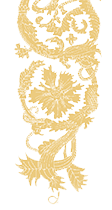Regency Sycamore Tea Caddy
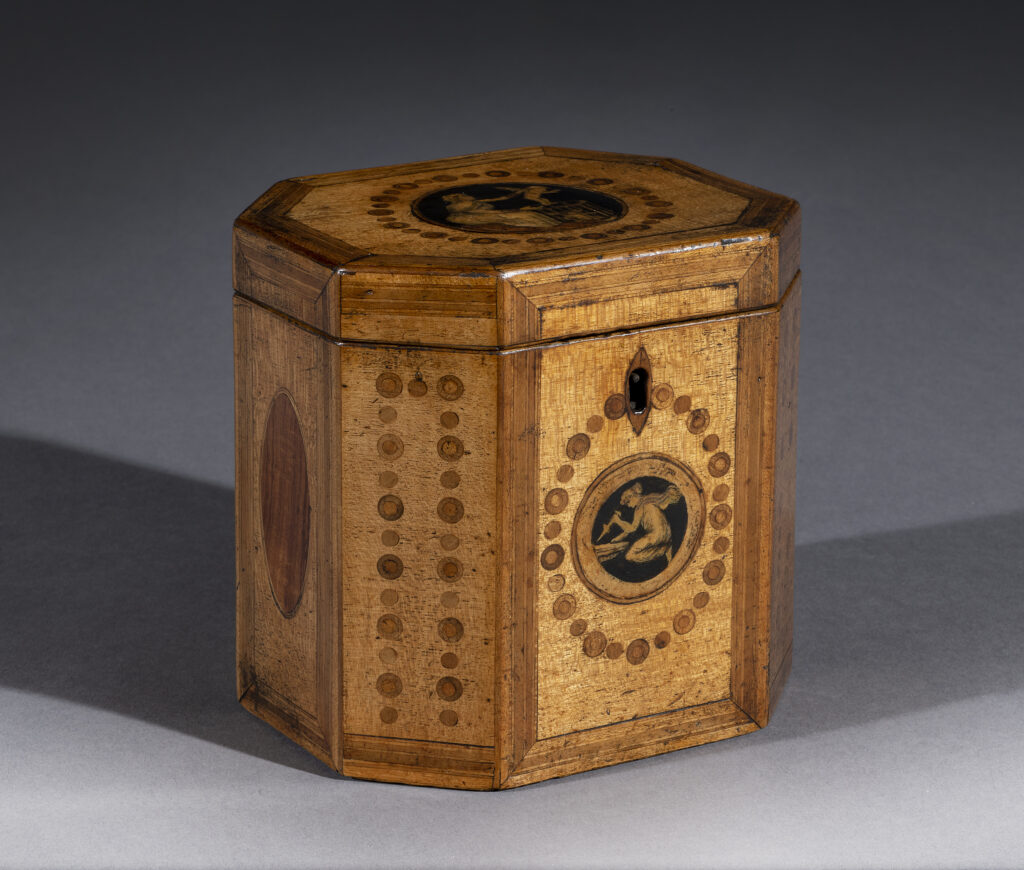
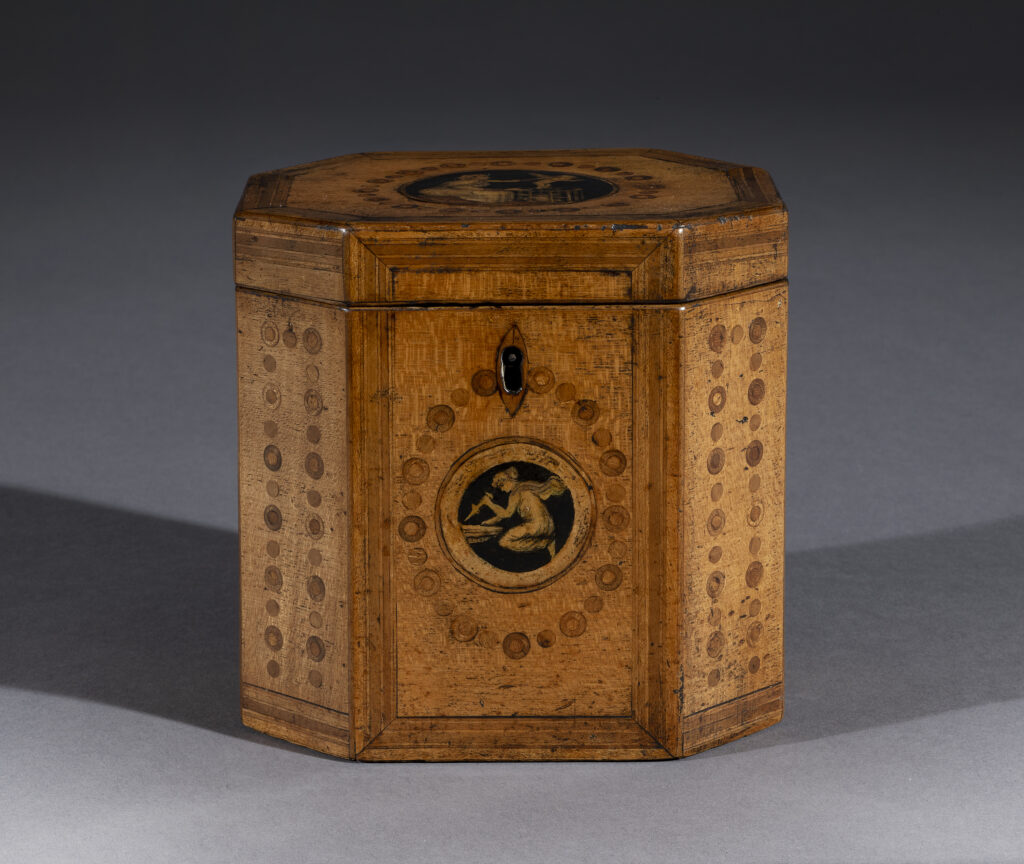
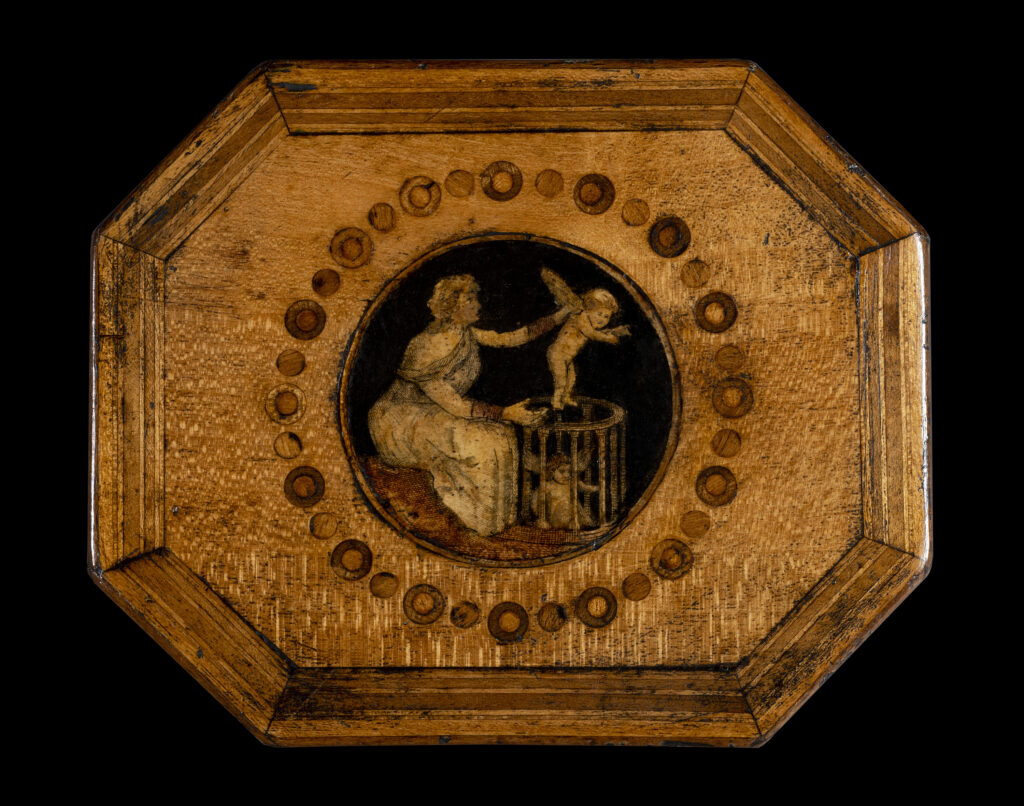
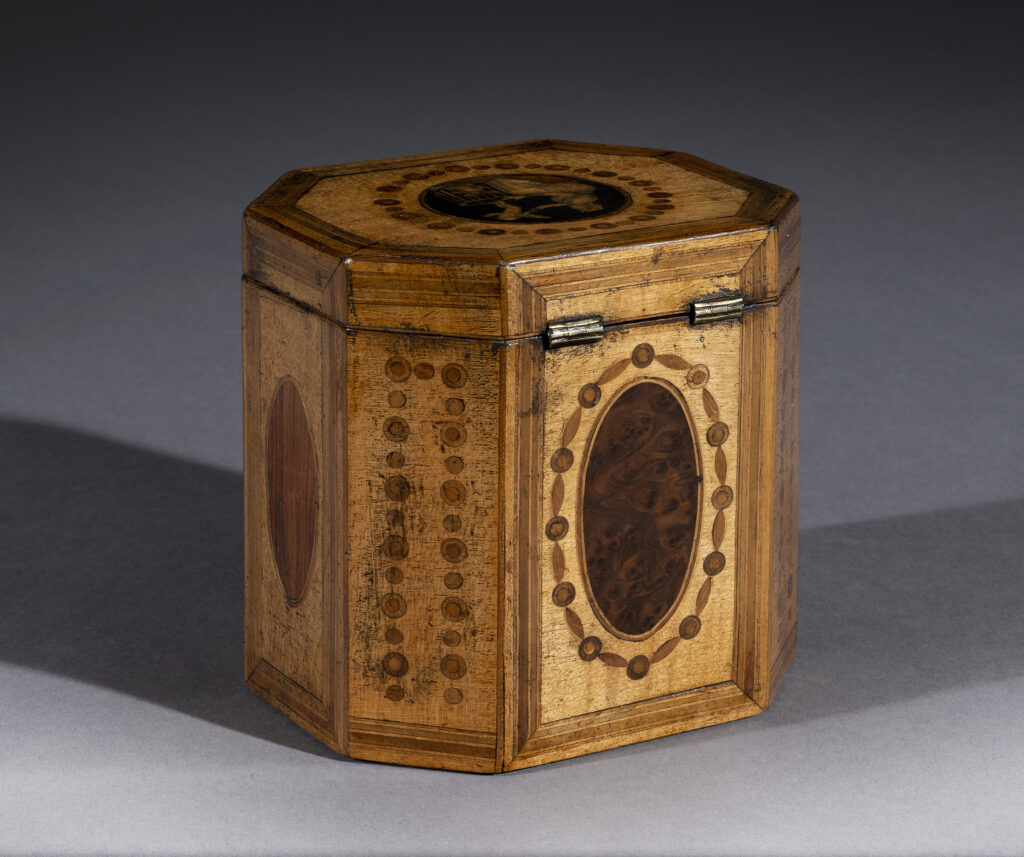
Regency Sycamore Tea Caddy
England
circa 1790 - 1800
George III sycamore tea caddy with naïve prints of Venus, the 'Goddess of love and beauty', with her son Cupid who depicts love, attraction, affection and desire.
The tea caddy has symmetrical inlays surrounding the prints and is repeated on its canted sides with oval medallions of tulipwood and burr yew to the sides and back.
The interior of this antique sycamore tea caddy features a single brass handled sycamore veneered lid
with similar inlays, its original pink paper lining to the lid, and contains traces of its tin foil lining.
This wonderful sycamore tea caddy comes with a fully working lock and tasselled key.
The motif on the top of this caddy comes from a famous fresco in Pompeii known as 'the Cupid Seller'. The notion of capturing or purchasing love through 'Cupid sellers' was popular in ancient Roman literature. It captivated the imagination of modern artists with its suggestion of Pompeian decadence. Cut from the wall of the luxurious Villa di Arianna at Stabiae, a coastal town south of Pompeii, an early fresco depicts an older woman forcefully lifting a winged Cupid from a cage and offering it to a potential buyer. Since its discovery in the mid–1700s, this fresco has inspired numerous reproductions and adaptations in diverse media.
Literature
In England in the 1700s tea was an expensive commodity. To keep it safe, people would store it in a
tea chest or tea box, which eventually became known as a tea caddy (the word caddy is derived from the
Malay 'kati', a unit of weight by which tea was sold). As tea was too expensive to risk leaving in the presence of
servants, the caddy in which it was stored would generally be kept in the drawing room. Subsequently,
the tea caddy became an important and fashionable accessory for the home.
Dimensions
Height 12.50cm (4.92 inches)
Width 12.50cm (4.92 inches)
Depth 10.00cm (3.94 inches)
Stock No: 19005
Sold
